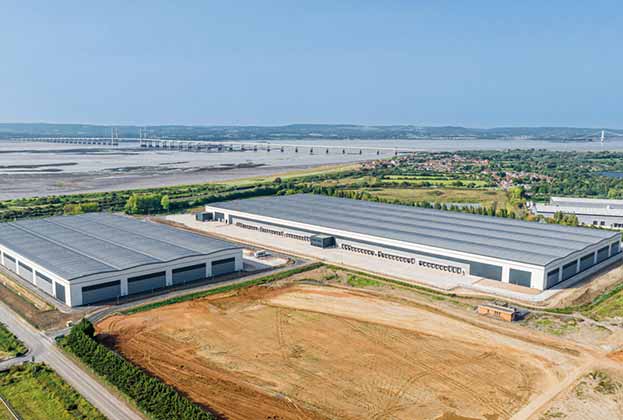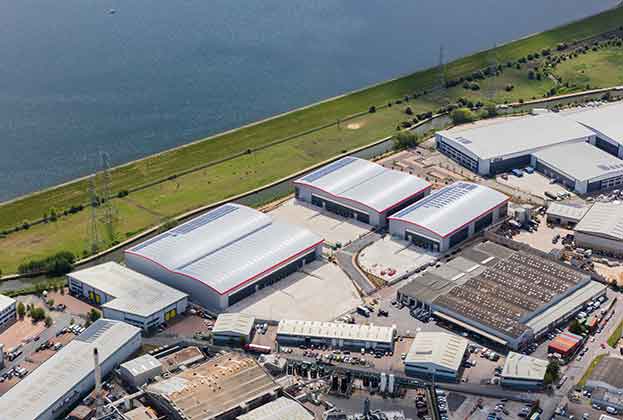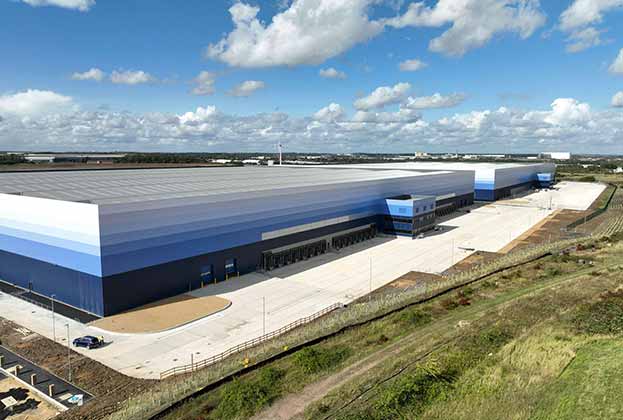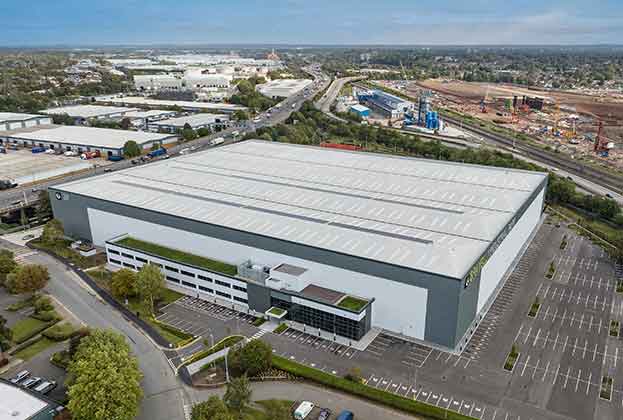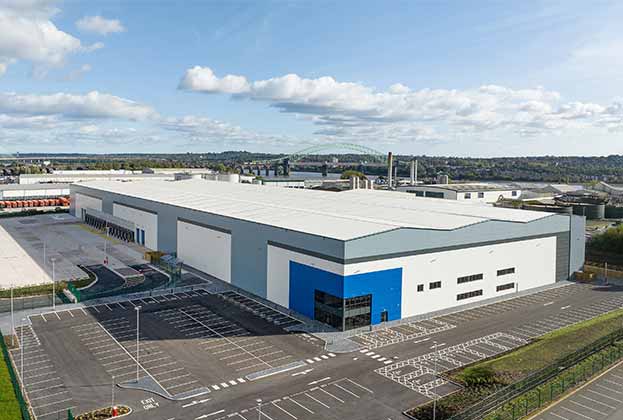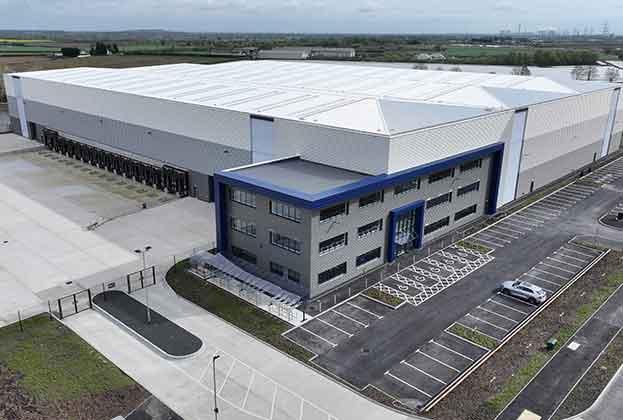Flexible working is nothing new: as society has become more digitally connected our physical separation has grown, allowing us to login quite literally anywhere in the world. The office sector has largely embraced this phenomenon, with a number of businesses enacting policies and changing the configuration of their work space in order to adapt.
But what about non-conventional office space?
The idea of the remote workforce, or even the ‘virtual office’, also has the potential to disrupt the location and design of warehouses. While not traditionally synonymous with industrial space, the office portion of the building can in some cases take up more than 10 per cent of the gross internal area (GIA), meaning not all of the let space is being used for storage and distribution purposes. However, if the same rules apply when it comes to flexible working, what impact could this have on the sector?
Firstly, in the digital age we no longer require local resources in order to manage, schedule and plan thousands of deliveries each day. Essentially, planners and warehouse operators do not need to be sitting in an office on site, instead they could perform these functions from a central hub, or even their own living room. Consequently, this has the potential to free up warehouses from labour constraints, something that is frequently considered during the development stages.
Without having to think about office staff, areas that were once deemed unfeasible due to a lack of suitable workforce could now be seen as a prime warehouse location. Additionally, this could also impact the design of the warehouse building itself. If it needs less office accommodation, that means the space can instead be utilised for either storage, distribution or perhaps even manufacturing, increasing overall productivity as a result.
Ultimately, remote working can be applied to any sector that has office-based staff and as it becomes increasingly popular it is likely to start to filter through. As a result, this should create significant opportunities for warehouse space, by bringing the work to the worker instead of the worker to the building, it can be better used for what it does best.
Further information
Contact Savills Industrial & Logistics
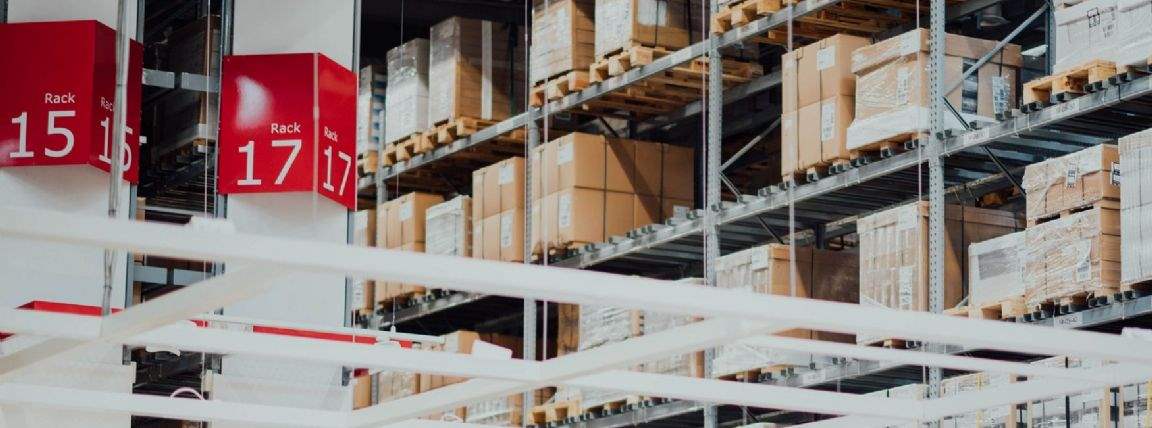
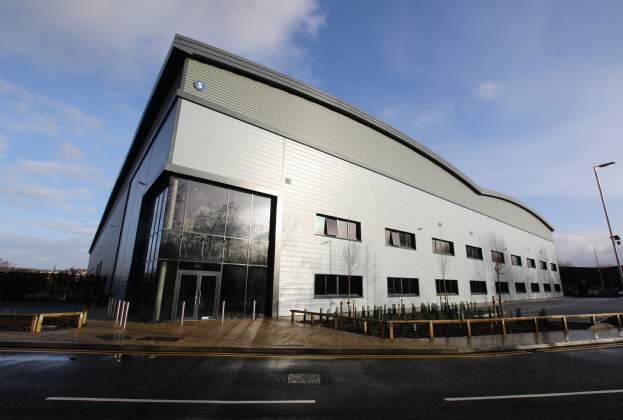
.jpg)

.jpg)
